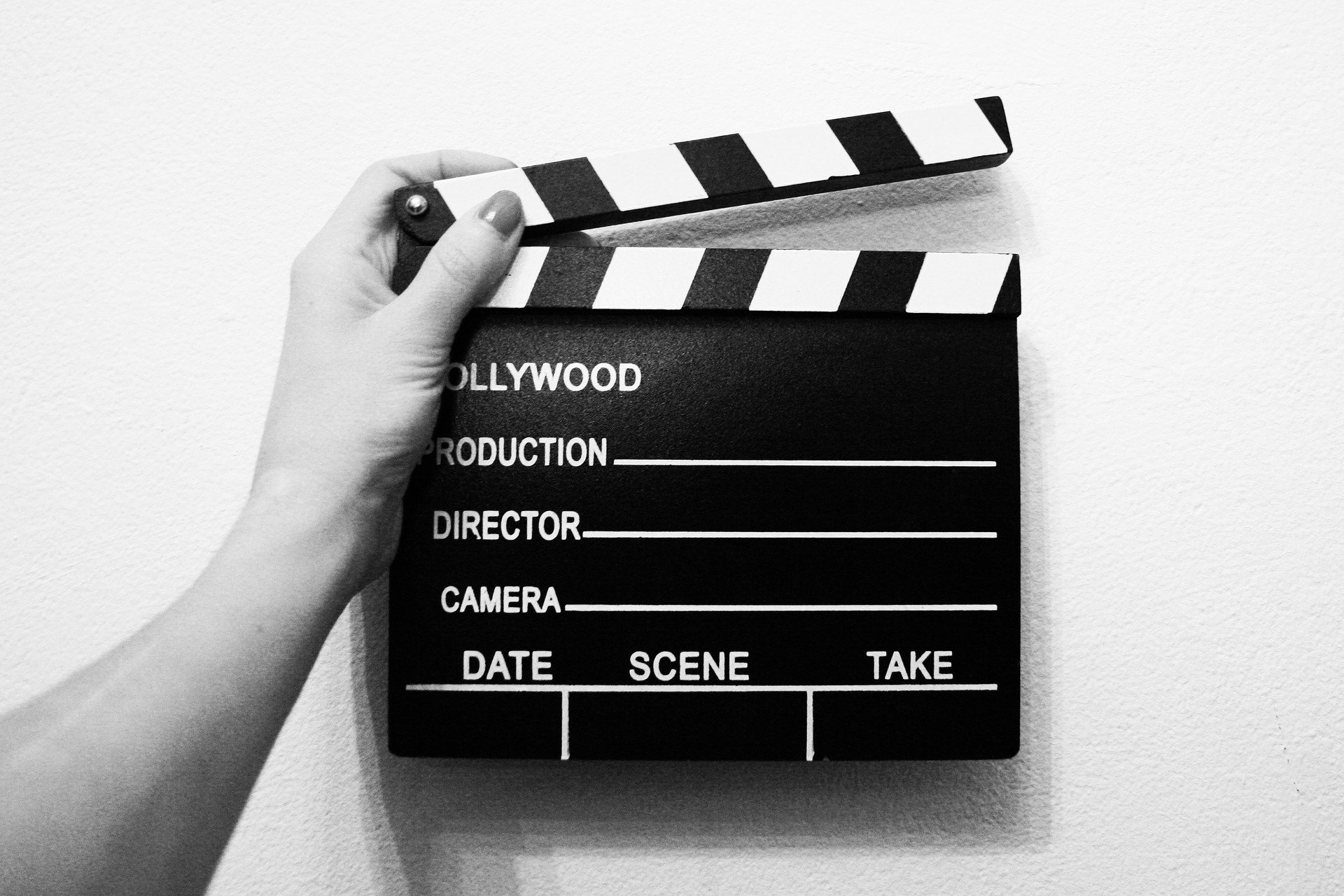How to Prepare to Record a Video

Remote learning is stressful enough without having to worry about the video, audio, and content quality. Fortunately, DS3 knows a thing or two about producing high-quality instructional videos with minimal stress involved. For troubleshooting resources and tech tutorials, check out the knowledge base; for tips and tricks involving hassle-free videography, keep reading!
Lighting
Visually appealing video content is all about the lighting. Here are our tips for using lighting to create high-quality visuals:
- When filming, make sure your primary source of light is in front of you so that your face is well-lit. Avoid sitting in front of light sources, as this setup will make it difficult to see your face or anything other than your silhouette.
- Use natural light! This doesn’t necessarily mean filming outside; try filming your courses in front of an open window. The best sources of natural light can be found in the mornings and evenings, as this is when the sun is softest and easiest to work with while filming. If you’re going to film around noon, when the sun is at its brightest, keep shadows in mind and make sure you’re filming somewhere you can avoid being cast into shadow.
- If you are unable to use natural light as your lighting source (or if it’s cloudy outside), stick to LED lighting as opposed to fluorescents. LED's emit narrow wavelengths of light, making them more energy-efficient than fluorescent lighting, and they also produce a light that is colored similarly to natural lighting.
Audio
When recording, you want the main source of sound to be your voice or any other form of audio you are using to communicate information.
- If you’re filming outdoors, choose a filming location that is away from traffic. Traffic noise is part of our daily lives, but it is amplified on recordings and will easily drown out the sound of anyone’s voice. Parks and other recreational areas are good options, especially anywhere that is surrounded by trees, as these will buffer the sounds of nearby traffic.
- Even when filming indoors, noise pollution can be an issue while filming. Before you hit record, make sure you’ve turned off your heating or air conditioning, as well as any nearby fans, humidifiers, etc.
- If you live with family and/or pets, lovingly disinvite them from your recording area unless you want them to be featured in your video! Bringing a cat or dog onscreen is a great way to add a personal touch to your videos, as long as your pet’s moment of fame is kept brief and professional.
Recorded Content
When it comes to recording lectures or training instructions, there is a fine line between over-rehearsed and underprepared.
- Know what you’re going to say beforehand. Try writing out bullet points that outline the topics you’re going to cover.
- Don’t be afraid to pause the recording! You’ll be editing your video anyway, so try recording each section separately. This strategy enables you to go over your notes before each section and can help you stay on-track after you’ve hit record.
- If you do need to check your notes while you record, pull them up as a split-screen in front of you. This way, you can maintain eye contact with your camera/screen while still checking your notes; constantly looking off-camera is distracting and unprofessional. For help using a split screen, check out our knowledge base or contact the help desk!
Editing
Editing videos can be time-consuming and overwhelming for anyone with limited editing experience.
- Use Premiere Pro from Adobe Creative Cloud. The software can be a bit intimidating at first, but once you get the hang of it, Premiere Pro makes trimming, editing, and producing videos manageable and intuitive. UNC’s Information Technology Services have all the information you need to take advantage of your free, university-affiliated Creative Cloud License, install Premiere Pro and other software within the suite, and become trained to use any of the Creative Cloud software.
- Invest in a pair of noise-canceling headphones. When editing, you need to be able to hear the audio from your recordings, and the best way to do this is by using a pair of noise-canceling headphones that you plug directly into your computer. If you don’t want to purchase yet another pair of headphones, don’t worry! UNC libraries have video equipment and accessories that faculty, staff, and students can check out at any time.
That’s a Wrap!
Hopefully, these tips make your recording sessions easier, less stressful, and more efficient. If you have any questions about equipment, software, or other ways to produce high-quality videos, don’t hesitate to reach out to the Information Technology Division at the UNC School of Government.
